Higher Education to Receive Majority Share of Increased 2026 Student Intake
Government Announces Revised International Education Framework for 2026
In a notable shift from its recent restrictive stance, the Albanese government has announced plans to modestly increase international student intake in 2026. This adjustment, unveiled on 4 August, marks a departure from two years of efforts to curb enrolment numbers and reflects a more measured approach to balancing economic imperatives with regulatory oversight. Under the revised framework, the government’s target for new international student enrolments will rise from 270,000 in 2025 to 295,000 in 2026. Although the increase is relatively modest, it signals a broader intent to re-engage with global education markets and recalibrate the role of international students within Australia’s higher education and migration systems.
Nevertheless, despite the raised target, experts anticipate that actual international student arrivals may fall short, owing to the persistence of restrictive migration policies. In 2025, the government set a non-binding target of 270,000 students, comprising 176,000 for higher education and 94,000 for vocational education, with individual institutional limits in place. Although the Senate rejected legally binding caps in November 2024, a “soft cap” mechanism remains operational. Under this system, visa processing slows once an institution reaches 80% of its allocation. For 2026, all providers will retain at least their 2025 allocations, with two-thirds of the new target, approximately 196,750 places, designated for higher education institutions.
Public universities may apply for additional places, contingent upon their progress towards meeting 2025 targets. However, any increase will be subject to two government priorities: the provision of adequate student accommodation and meaningful engagement with Southeast Asia. The accommodation requirement stems from concerns that rising international student numbers are exacerbating housing shortages. Institutions offering proportionally more accommodation relative to enrolments are likely to benefit. The Southeast Asia provision represents a new policy measure aligned with the 2023 government report on Australia’s Southeast Asia Economic Strategy. Universities with campuses in the region or significant enrolments of Southeast Asian students may be favourably positioned. In parallel, private not-for-profit universities will receive increased caps, bringing them more in line with public institutions. Other private providers are expected to receive a modest 3% increase in their allocations.
In a related policy update, the government outlined changes to its 2026 international education framework affecting both vocational and higher education sectors. Vocational providers with over 100 student allocations in 2025 will receive a 5% cap increase. For smaller providers, due to under-utilisation, allocations will be pooled, allowing up to 80 enrolments without restriction; beyond this threshold, visa processing will again slow. Furthermore, the government has introduced new exemptions for 2026. Existing exemptions, including school students, English-language students, students from the Pacific and Timor-Leste, research students, government scholarship recipients, and those commencing courses offshore, will remain. In addition, two new student categories will be excluded from soft cap calculations: international students completing school in Australia and those progressing from pathway colleges offering diploma courses aligned with first-year university programmes. Successful students from these colleges typically enter the second year of a bachelor’s degree.
Despite these measures, concerns persist regarding the vocational education sector’s ability to meet its 2026 targets. Since 2023, migration reforms have significantly dampened offshore demand. In the first half of 2025, offshore vocational visa applications declined by 75% compared to the same period in 2023, with only 8,108 applications lodged and 4,163 visas granted to applicants outside Australia. As of April 2025, Department of Education data indicates 68,515 new international vocational enrolments—nearly three-quarters of the 2025 target. However, much of this growth is attributed to onshore visa applications and a post-COVID backlog, rather than new offshore demand. Once this legacy demand subsides, the sector may experience further decline, casting doubt on the viability of increased vocational caps for 2026.
By contrast, the higher education sector remains relatively resilient. Although demand has tapered from the 2023–2024 surge, it remains comparable to 2019 levels. Analysts attribute this stability largely to sustained interest from Chinese students, who are less migration-focused and less affected by stricter work rules, higher financial requirements, and increased visa fees. Conversely, demand from India, Australia’s second-largest source of international students, has dropped sharply. In the first half of 2025, visa applications from India were less than half of their 2023 peak and 30% lower than in 2019. This decline may hinder universities reliant on Indian enrolments from qualifying for increased 2026 allocations.
Although the government’s recent visa fee hike from A$1,600 to A$2,000 signalled a restrictive stance, the announcement of higher 2026 soft caps was met with cautious optimism. Nonetheless, officials have clarified that this does not represent a return to a market-led approach. From 2027, the regulation of international student numbers will transition to the Australian Tertiary Education Commission. Ultimately, the broader policy direction reflects a “picking winners” strategy, favouring certain institutions, particularly public universities, and restricting the free movement of student enrolments between providers. Stakeholders have observed that, despite the higher caps, the overall migration system remains significantly less accommodating to international students than it was two years ago.
Editor’s Note:
The Albanese government’s decision to modestly raise international student targets for 2026 signals a cautious recalibration of its migration and education policy. While the increase from 270,000 to 295,000 enrolments marks a shift from two years of restrictions, the move reflects a more selective, regulated approach rather than a full return to open market dynamics. The continued use of “soft caps,” along with conditions tied to housing provisions and Southeast Asia engagement, indicates the government’s intent to align international education with broader policy priorities, particularly around infrastructure and regional diplomacy. However, the overall system remains markedly less accessible than in previous years, especially for vocational education providers and institutions dependent on Indian student enrolments. With falling offshore demand, rising visa fees, and a planned handover of regulatory authority to the Australian Tertiary Education Commission by 2027, the reforms appear to reinforce a “picking winners” model that favours public universities and curbs institutional flexibility.
Skoobuzz underlines that while the revised framework may offer some relief to the sector, it underscores the government’s broader strategy of managing international education through controlled growth and policy alignment.







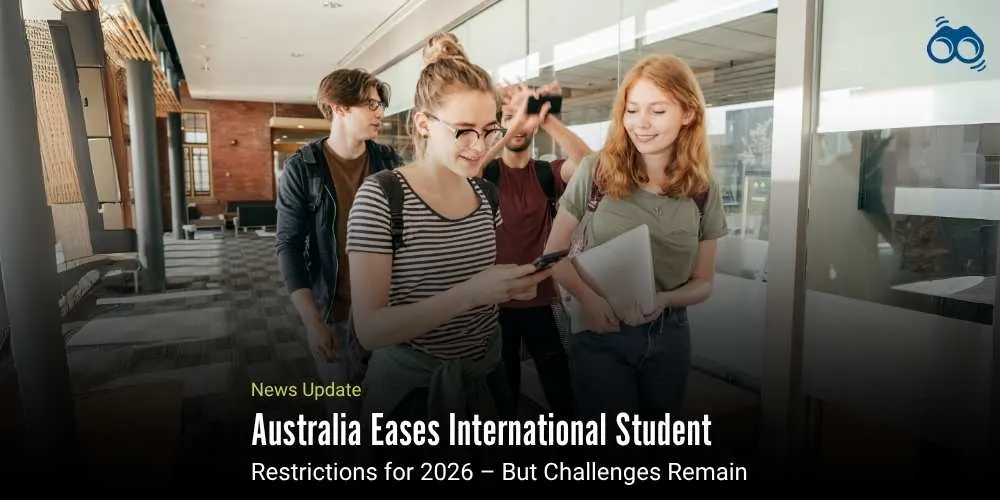
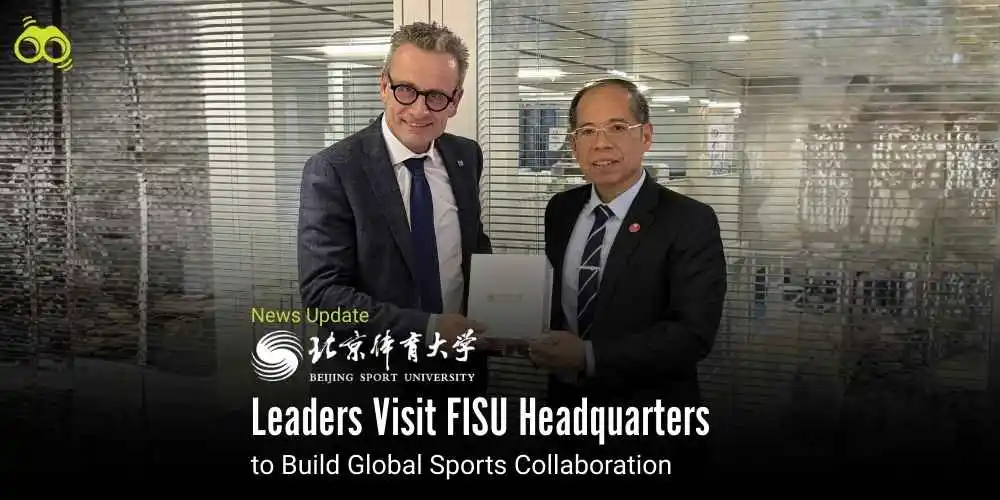
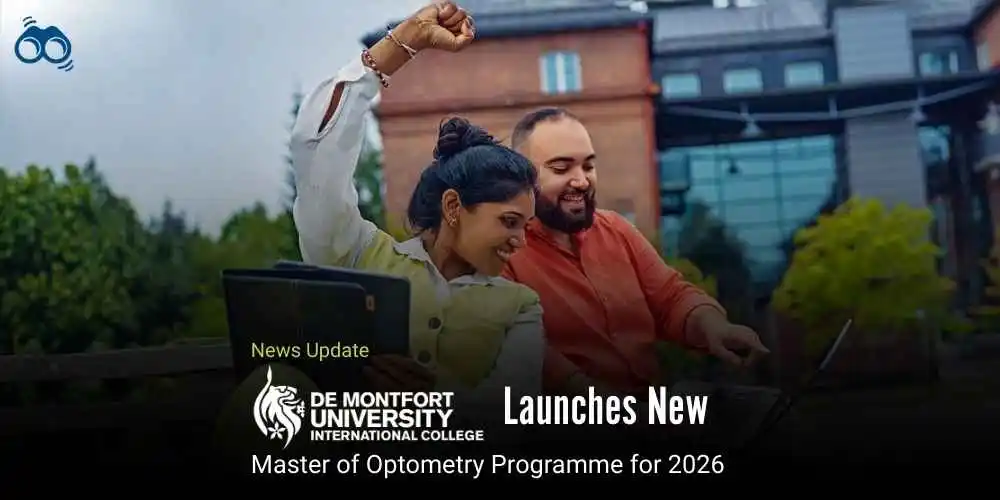
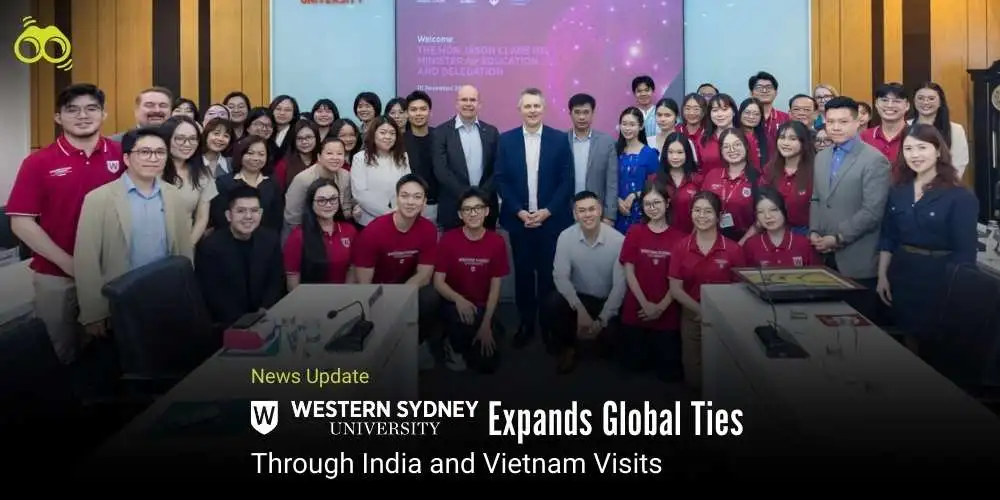
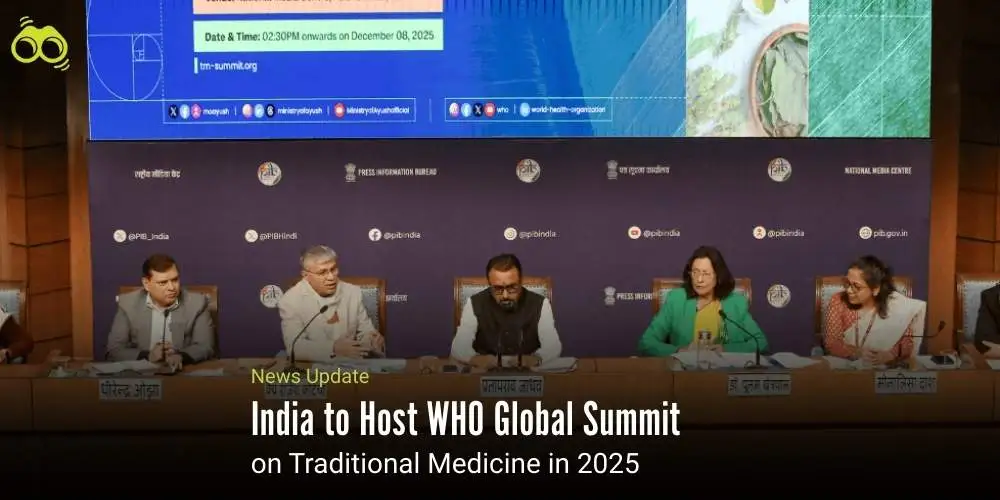
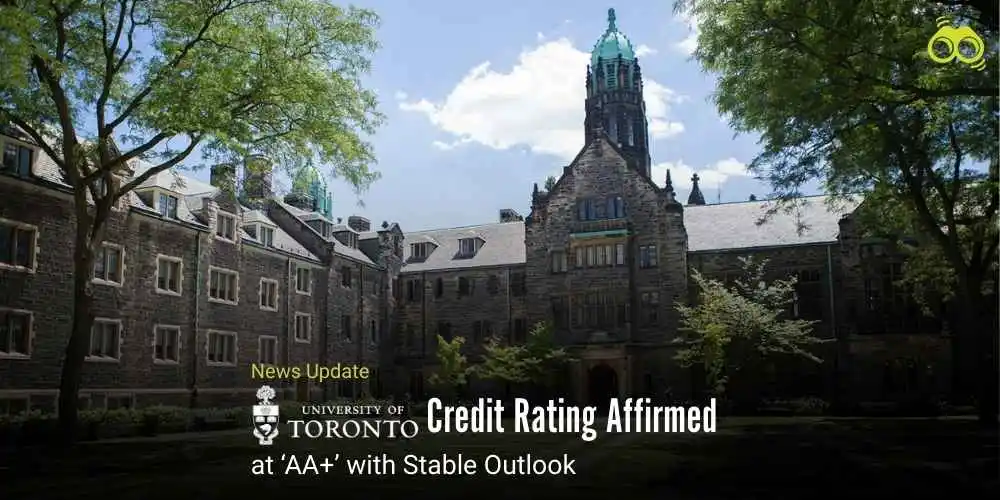

0 Comments (Please Login To Continue)